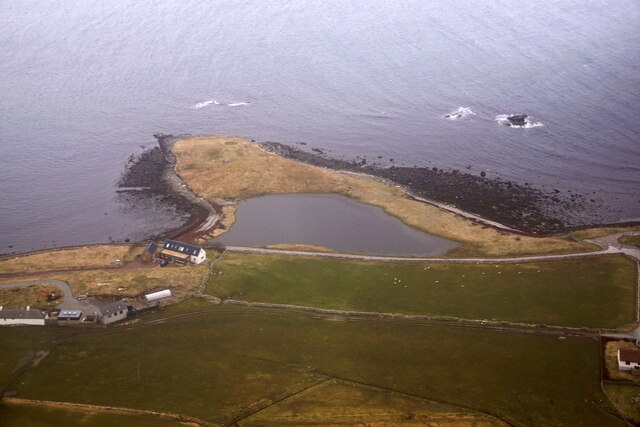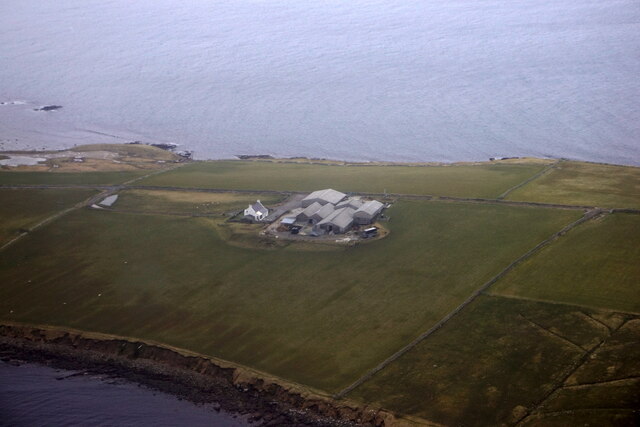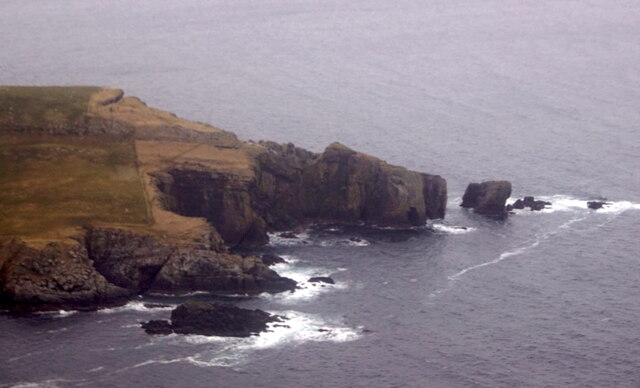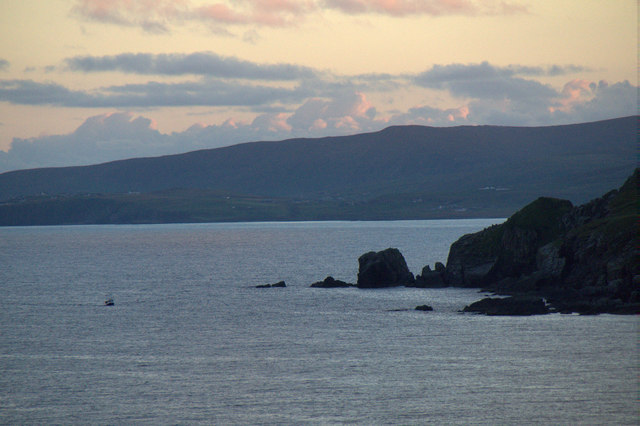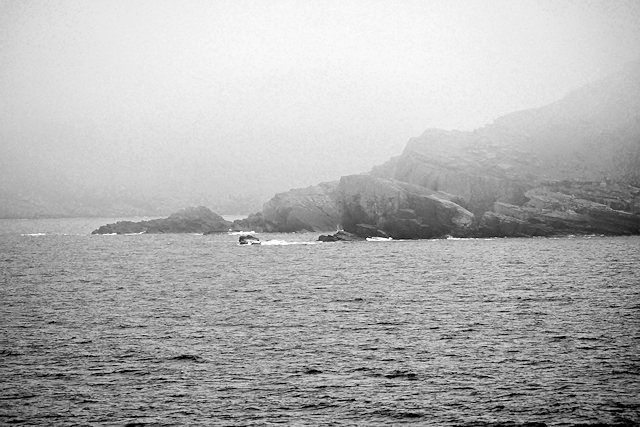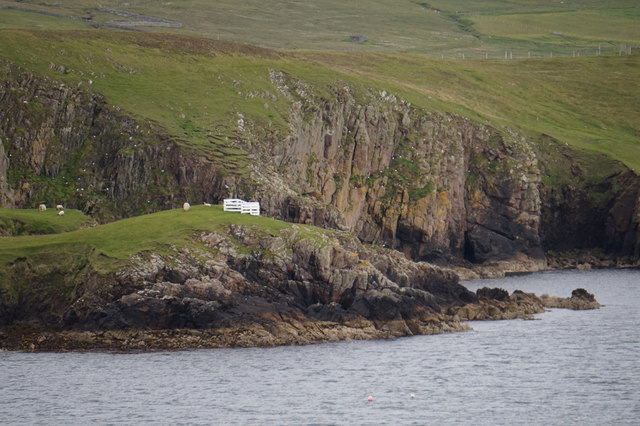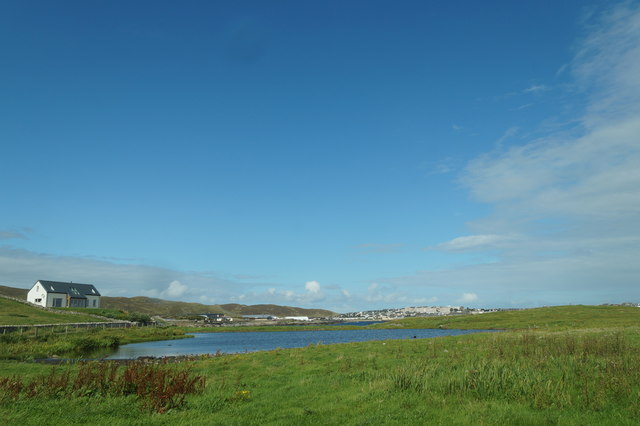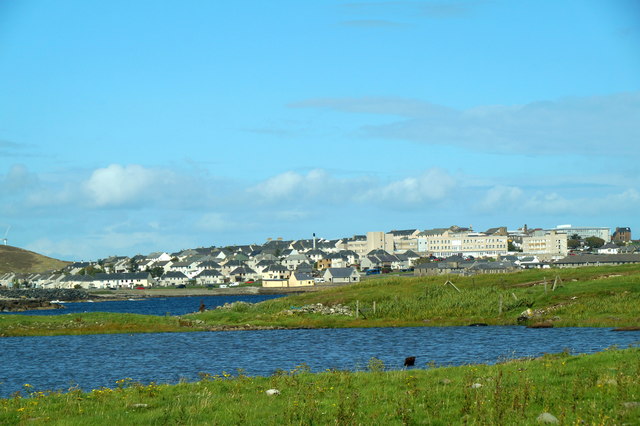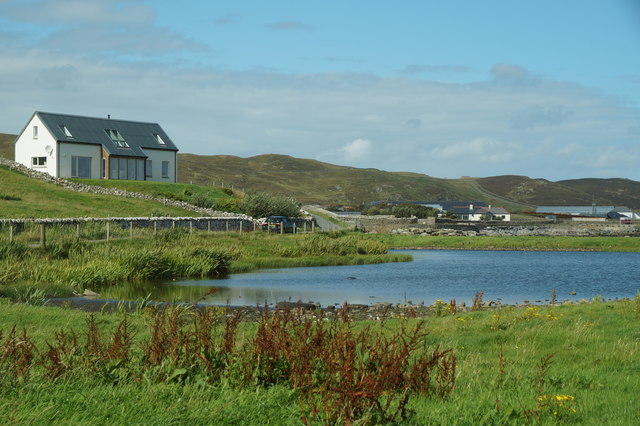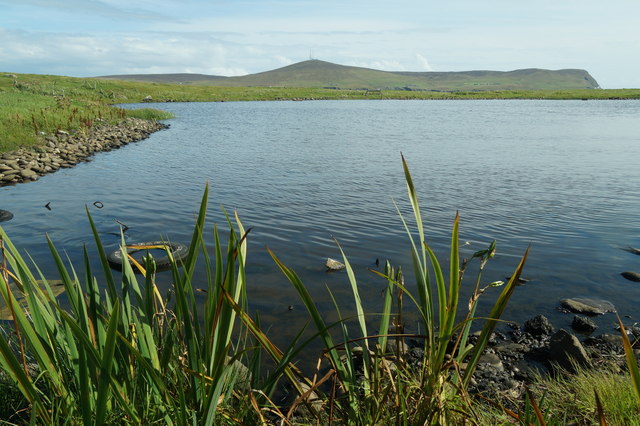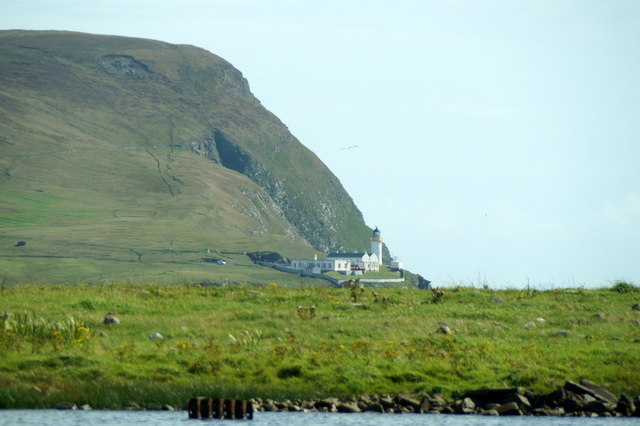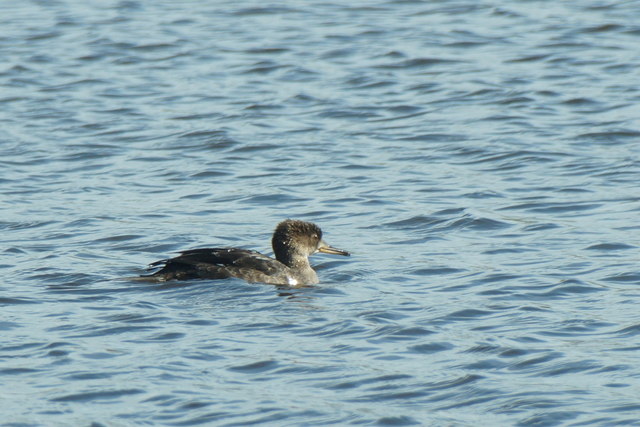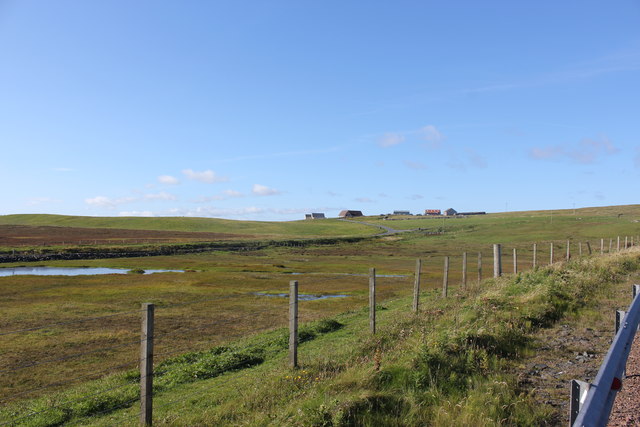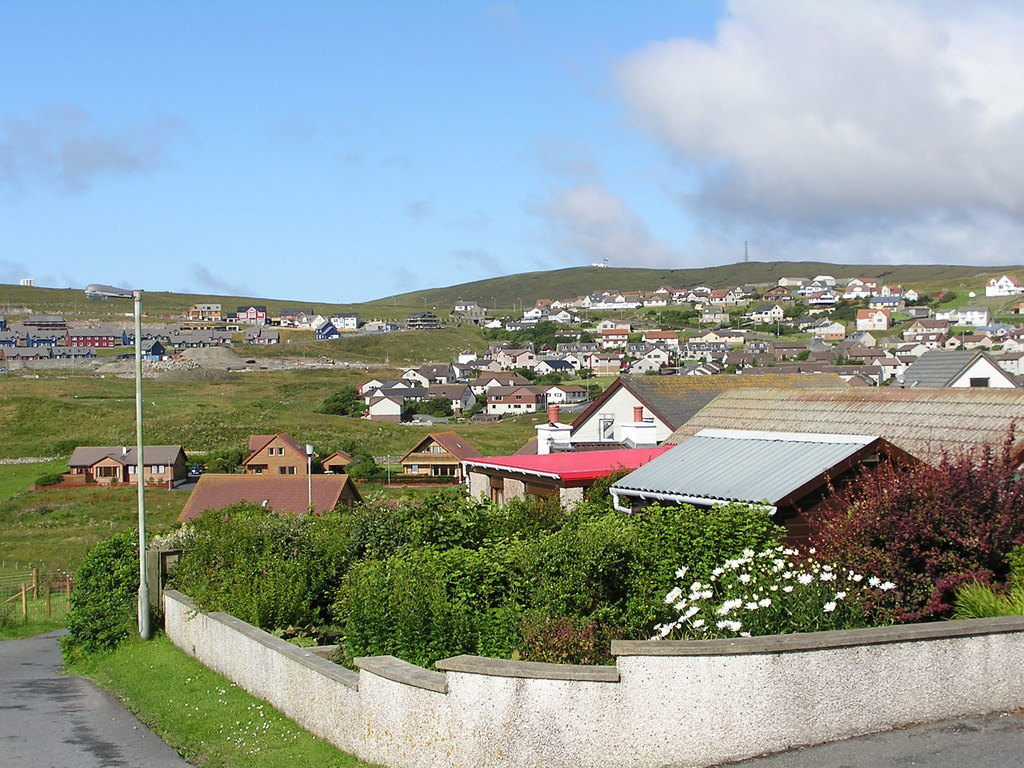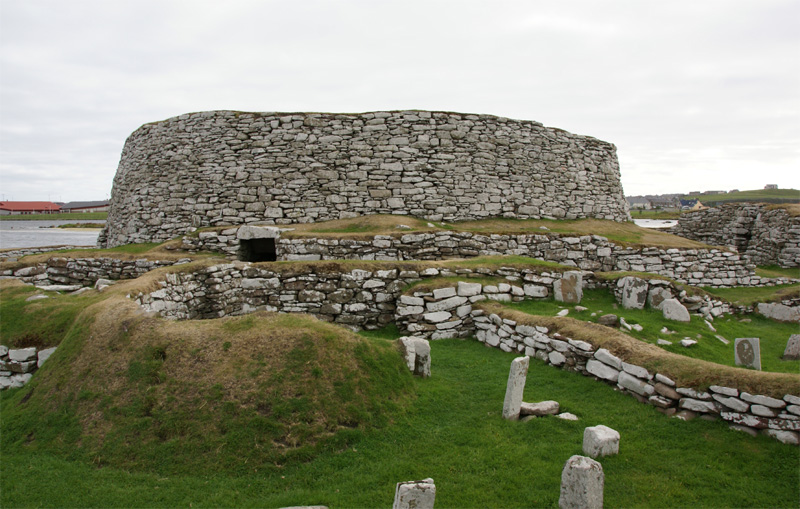Tarland
Coastal Feature, Headland, Point in Shetland
Scotland
Tarland
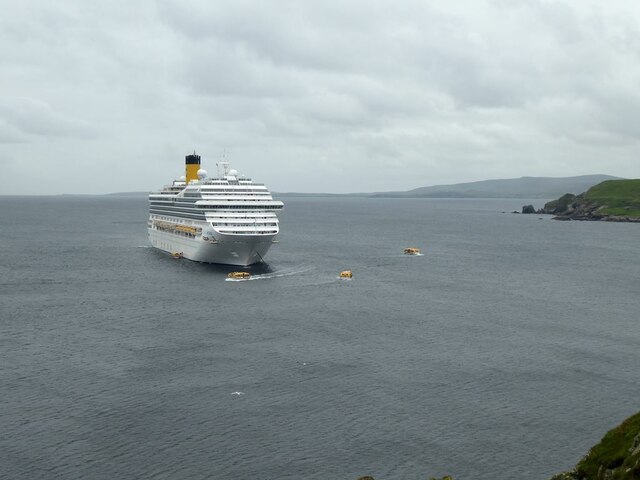
Tarland is a prominent headland located on the Shetland Islands, which are part of Scotland. It is situated on the eastern coast of the mainland, near the village of Sumburgh. This coastal feature is characterized by its rugged cliffs and stunning views of the North Sea.
The headland of Tarland extends out into the sea, forming a distinctive point that protrudes into the water. It is known for its dramatic landscape, with steep cliffs rising up to 100 meters in some areas. These cliffs are composed of layers of sedimentary rock, showcasing the region's geological history.
Tarland is an important habitat for various bird species, making it a popular spot for birdwatchers. The area is particularly known for its seabird colonies, including guillemots, puffins, and razorbills. These birds nest on the cliffs and can be observed from designated viewing points.
The headland is also home to a lighthouse, which serves as a navigational aid for ships in the area. The lighthouse, constructed in 1821, stands on top of the cliff, providing a beacon of light to guide vessels safely through the waters.
Tarland is easily accessible by road, with a nearby car park and walking trails that lead visitors to the headland. The area offers breathtaking panoramic views of the surrounding coastline and is a popular destination for hikers, nature enthusiasts, and photographers.
In summary, Tarland is a captivating coastal feature on the Shetland Islands, boasting rugged cliffs, diverse birdlife, and a historic lighthouse. Its scenic beauty and natural attractions make it a must-visit location for those exploring the stunning landscapes of Scotland's coastline.
If you have any feedback on the listing, please let us know in the comments section below.
Tarland Images
Images are sourced within 2km of 60.141096/-1.170558 or Grid Reference HU4639. Thanks to Geograph Open Source API. All images are credited.

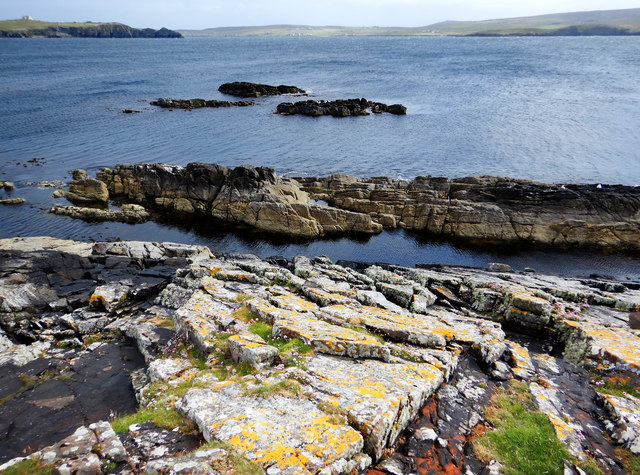
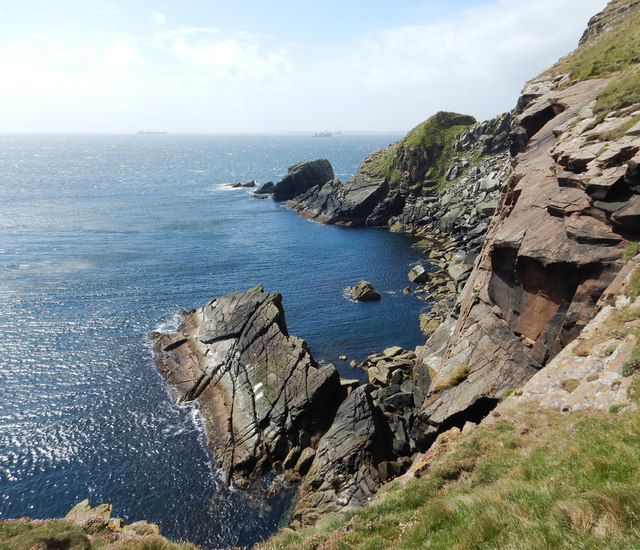
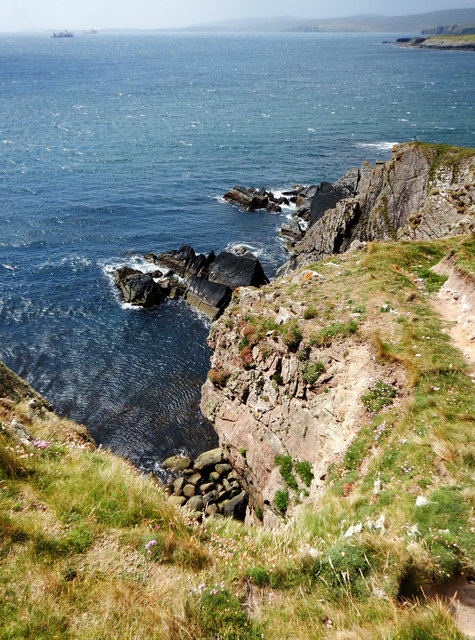
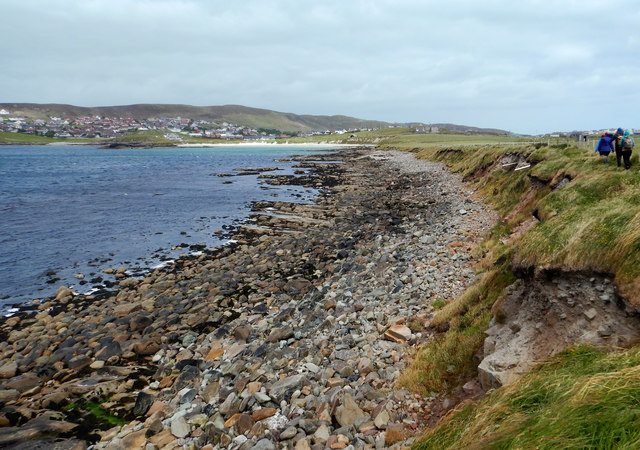
Tarland is located at Grid Ref: HU4639 (Lat: 60.141096, Lng: -1.170558)
Unitary Authority: Shetland Islands
Police Authority: Highlands and Islands
What 3 Words
///allow.coverings.overlook. Near Lerwick, Shetland Islands
Nearby Locations
Related Wikis
Sound, Lerwick
Sound is an area situated to the south-west of central Lerwick, the capital of Shetland, Scotland. Sound is home to a primary school, public hall, and...
Lerwick Observatory
Lerwick Observatory (also known as Lerwick Magnetic Observatory) is a British meteorological observatory located near the port at Lerwick, Shetland Islands...
Broch of Clickimin
The Broch of Clickimin (also Clickimin or Clickhimin Broch) is a large, well-preserved but restored broch in Lerwick, Shetland, Scotland (grid reference...
Clickimin Loch
Clickimin Loch is a loch in Shetland, Scotland, west of Lerwick. A Pictish fort from the 6th century called Clickimin Broch is located on a small islet...
Nearby Amenities
Located within 500m of 60.141096,-1.170558Have you been to Tarland?
Leave your review of Tarland below (or comments, questions and feedback).
